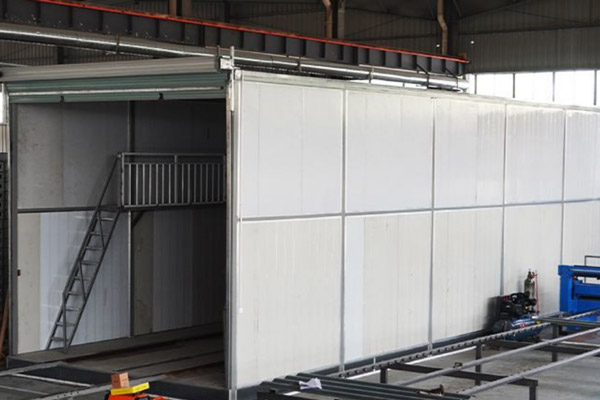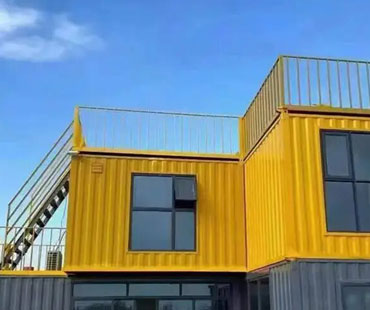In recent years, shipping containers have transcended their original purpose of transporting goods across oceans and have emerged as versatile structures used in various applications. This transformation has been driven by the growing need for sustainable solutions, urbanization, and innovative design.
The Evolution of Shipping Containers
Shipping containers were first introduced in the 1950s as a means to streamline international shipping. Their standardized dimensions allowed for easy stacking and transportation, revolutionizing global trade. However, as the world has become increasingly focused on sustainability and efficiency, the potential of these robust metal boxes has expanded far beyond the docks.
1.Innovative Housing Solutions
One of the most exciting applications of shipping containers is in the realm of housing. With the global housing crisis and rising real estate prices, container homes have gained traction as an affordable and sustainable alternative. They can be quickly assembled, are durable and require less energy for heating and cooling than traditional houses. Architects and builders are creatively converting containers into stylish, functional living spaces that meet the needs of modern inhabitants.
Container housing can be seen in various forms, from single-unit homes to complex multi-story buildings. Many developers are utilizing containers to create eco-friendly communities, incorporating solar panels, green roofs, and efficient insulation. This trend is particularly appealing in urban areas where land is scarce and housing demand is high.
2.Commercial and Retail Spaces
Beyond residential use, containers have found a niche in the commercial sector. Pop-up shops, cafes, and restaurants have embraced containers for their flexibility and cost-effectiveness. These modular structures can be easily relocated, allowing businesses to adapt to changing market conditions. For instance, many cities have seen a rise in container markets, where multiple vendors can operate from a single site, fostering a unique shopping experience.
The adaptability of containers also makes them ideal for temporary installations, such as event spaces, exhibitions, and festivals. Their ability to be repurposed means that businesses can create unique and engaging environments that resonate with consumers.

3.Educational and Community Facilities
Shipping containers are also being repurposed for educational and community purposes. Schools and training centers have begun to utilize containers as classrooms, workshops, and laboratories. This approach not only saves costs but also promotes creativity in learning environments. Container classrooms can be designed to be mobile, allowing for educational programs to reach underserved areas.
Additionally, community organizations are using containers to create spaces for social interaction, such as community centers, art studios, and recreational facilities. These projects often involve local residents in the design and construction process, fostering a sense of ownership and community engagement.
4.Sustainable Solutions for Waste Management
As sustainability becomes a pressing global concern, containers are being used innovatively in waste management. Some cities have implemented container-based solutions for recycling and composting, providing accessible and efficient systems for waste disposal. By converting containers into waste management stations, municipalities can encourage proper waste segregation and promote eco-friendly practices among residents.
5.Future Development and Challenges
While the potential uses of shipping containers are vast, there are challenges to consider. Regulatory hurdles, such as zoning laws and building codes, can impede the widespread adoption of container projects. Moreover, ensuring that these structures meet safety and health standards is crucial for their acceptance in communities.
Looking ahead, the future of shipping containers will likely be shaped by advancements in technology and design. Innovations in smart building technologies, such as IoT integration, can enhance the functionality of container spaces, making them more efficient and user-friendly. Additionally, as sustainability continues to be a priority, the development of eco-friendly materials and construction techniques will play a significant role in the evolution of container use.
From their origins as mere transportation tools to their current status as multifunctional structures, shipping containers have demonstrated remarkable versatility. Their applications in housing, commercial spaces, education, and waste management highlight their potential to address contemporary challenges. As society evolves, so too will the uses of shipping containers, paving the way for innovative solutions that promote sustainability, affordability, and community engagement. The future development of containers will undoubtedly continue to inspire creativity and ingenuity across various sectors, making them an integral part of modern infrastructure.


